Are Reverse Phone Lookups Legal in Connecticut? Your Privacy Rights Under CTDPA
Yes, reverse phone lookups are generally legal in Connecticut, but your personal data is now protected under the Connecticut Data Privacy Act (CTDPA), which gives you significant rights to control how companies collect, use, and share your phone number and related personal information.
What Phone Data is Protected Under Connecticut Law?
The CTDPA defines personal data as "any information that is linked or reasonably linkable to an identified or identifiable individual." This includes your phone number when combined with other identifying information. The law provides extra protection for "sensitive data," which includes precise geolocation data that could be obtained through your phone.
However, the law doesn't apply to all organizations. It covers businesses that conduct business in Connecticut or target Connecticut residents and either:
- Process personal data of 100,000+ consumers annually
- Process data of 25,000+ consumers and derive 25% or more revenue from selling personal data
Your Consumer Rights Under the Connecticut Data Privacy Act
Connecticut residents have five key rights regarding their personal data, including phone numbers:
- Right to Access: Request what personal data a company has collected about you
- Right to Correct: Fix inaccuracies in your personal data
- Right to Delete: Request deletion of your personal data, including data collected from third parties
- Right to Data Portability: Get a copy of your data in a portable format
- Right to Opt Out: Stop companies from using your data for targeted advertising, sales, or profiling
How to Exercise Your Privacy Rights
Timeline: Companies must respond to your requests within 45 days of receipt.
Cost: You can request information from a company free once every 12 months. Beyond that, they may charge an administrative fee.
Appeal Process: If a company denies your request, you have the right to appeal. The company has 60 days to respond to your appeal and must provide information on how to contact the Attorney General if they deny your appeal.
Universal Opt-Out: As of January 1, 2025, Connecticut residents can use opt-out preference signals (like Global Privacy Control) through privacy-protective browsers to automatically tell websites not to sell or use their data for targeted advertising.
Enforcement and Violations
Who Enforces the Law: The Connecticut Attorney General has exclusive enforcement authority under the CTDPA.
Private Lawsuits: No, the law does not provide a private right of action for consumers. Only the Attorney General can take enforcement action.
Penalties: Companies that violate the CTDPA face fines up to $5,000 per willful violation under the Connecticut Unfair Trade Practices Act. The Attorney General can also seek injunctive relief and restitution.
Cure Period: Until December 31, 2024, companies receive a 60-day notice to fix violations. Starting January 1, 2025, the Attorney General may take immediate enforcement action without offering a cure period.
Bottom Line
While reverse phone lookups remain legal in Connecticut, the CTDPA gives you powerful tools to control your personal information. You can request deletion of your data, opt out of data sales and targeted advertising, and file complaints with the Attorney General if companies don't comply. The law is actively enforced, with the AG's office having issued over a dozen violation notices to companies since the law took effect in July 2023.
For more information about your rights under the Connecticut Data Privacy Act, visit the Connecticut Attorney General's office, the FTC's guide on data brokers, and the International Association of Privacy Professionals' state law comparison.
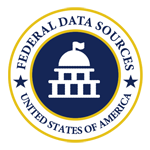
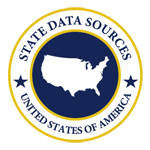

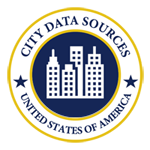
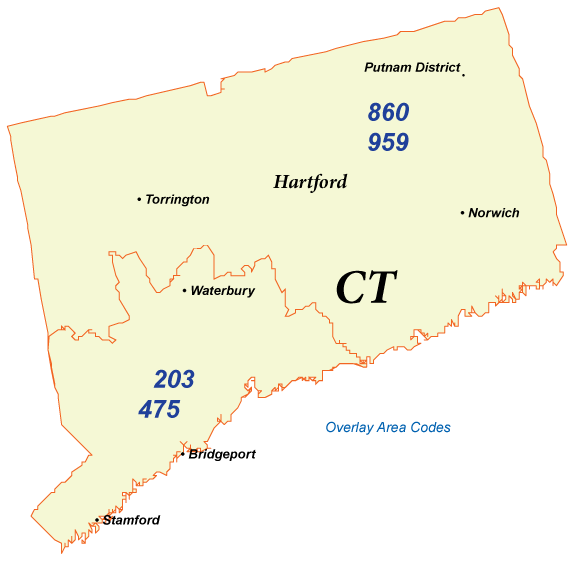
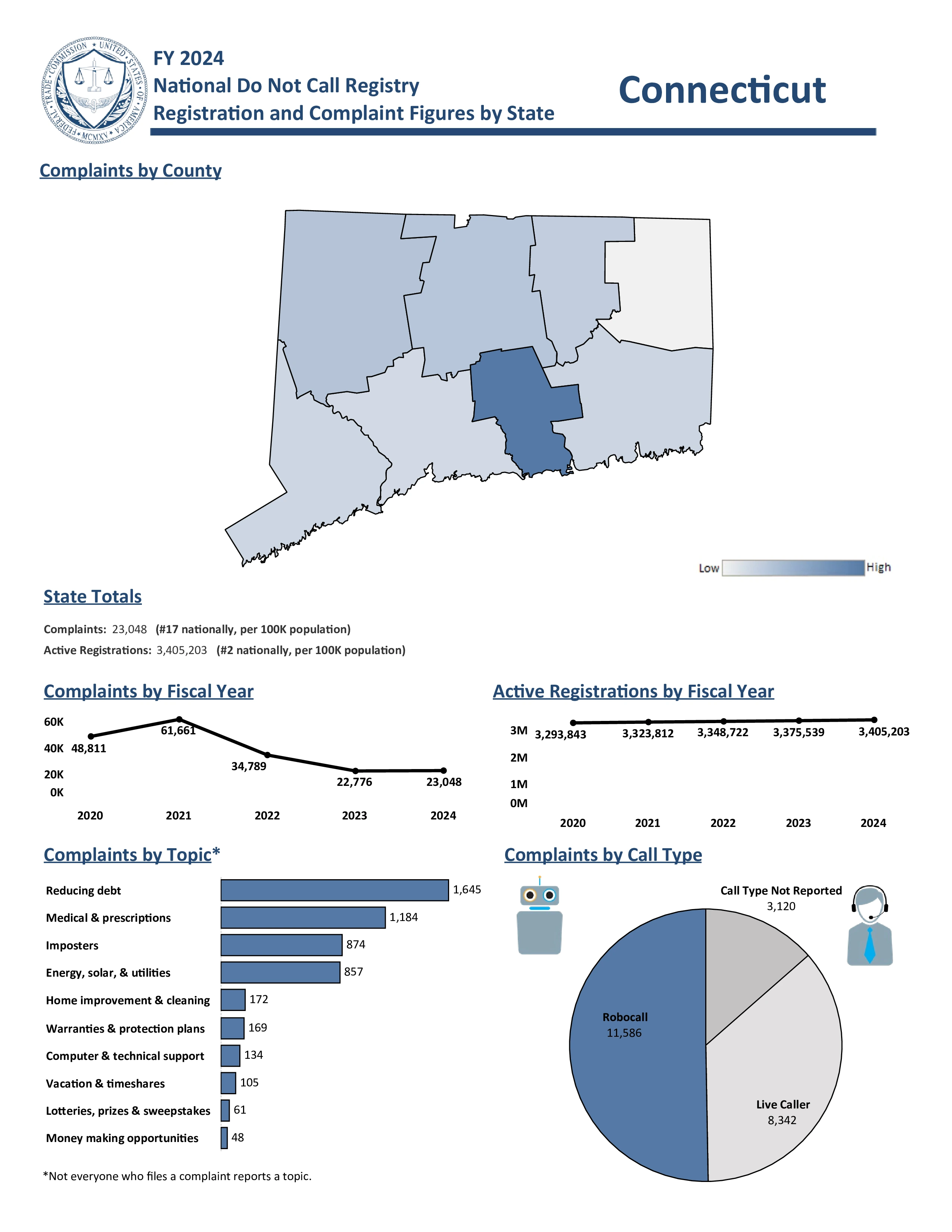
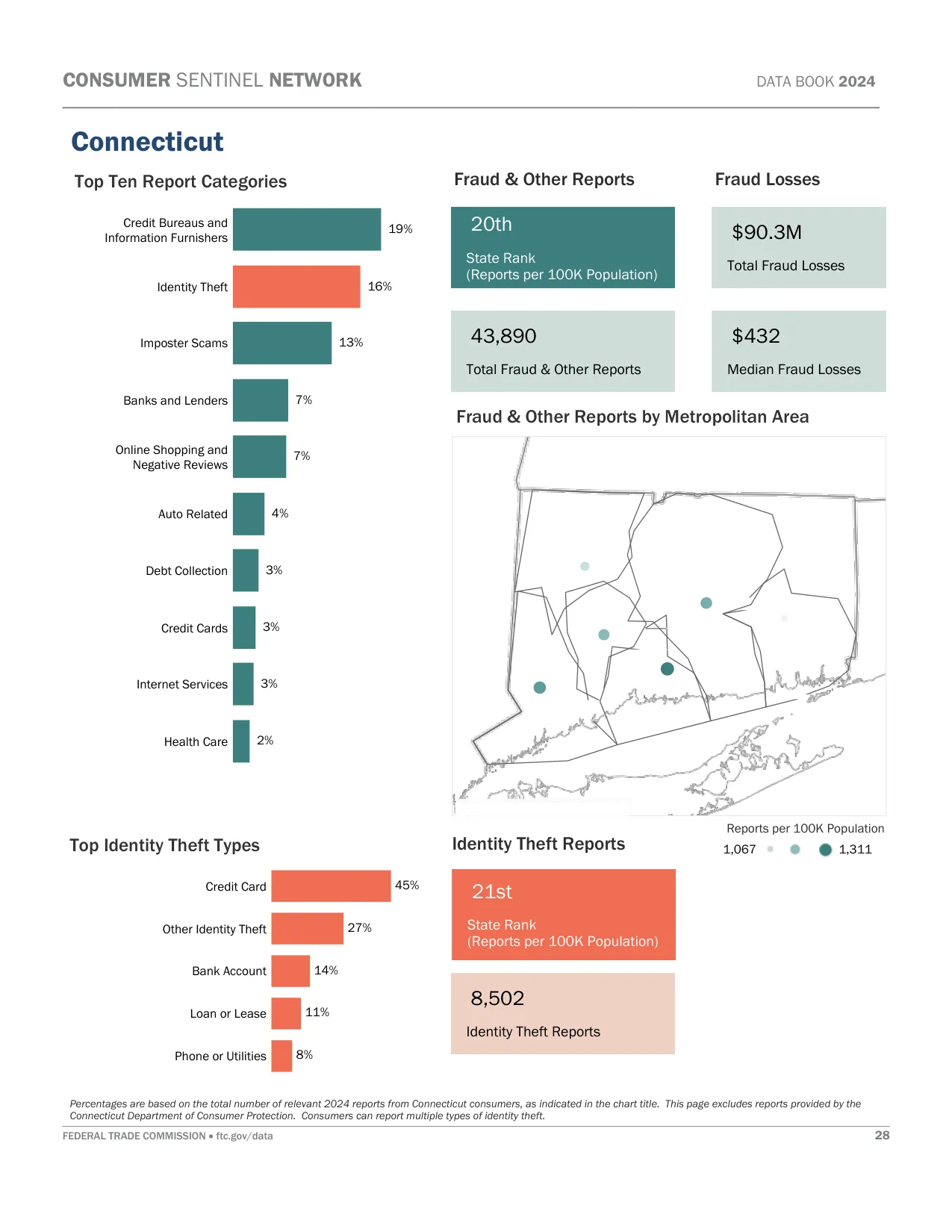
 Alabama
Alabama Alaska
Alaska Arizona
Arizona Arkansas
Arkansas California
California Colorado
Colorado Connecticut
Connecticut Delaware
Delaware District Of Columbia
District Of Columbia Florida
Florida Georgia
Georgia Hawaii
Hawaii Idaho
Idaho Illinois
Illinois Indiana
Indiana Iowa
Iowa Kansas
Kansas Kentucky
Kentucky Louisiana
Louisiana Maine
Maine Maryland
Maryland Massachusetts
Massachusetts Michigan
Michigan Minnesota
Minnesota Mississippi
Mississippi Missouri
Missouri Montana
Montana Nebraska
Nebraska Nevada
Nevada New Hampshire
New Hampshire New Jersey
New Jersey New Mexico
New Mexico New York
New York North Carolina
North Carolina North Dakota
North Dakota Ohio
Ohio Oklahoma
Oklahoma Oregon
Oregon Pennsylvania
Pennsylvania Puerto Rico
Puerto Rico Rhode Island
Rhode Island South Carolina
South Carolina South Dakota
South Dakota Tennessee
Tennessee Texas
Texas Utah
Utah Vermont
Vermont Virginia
Virginia Washington
Washington West Virginia
West Virginia Wisconsin
Wisconsin Wyoming
Wyoming